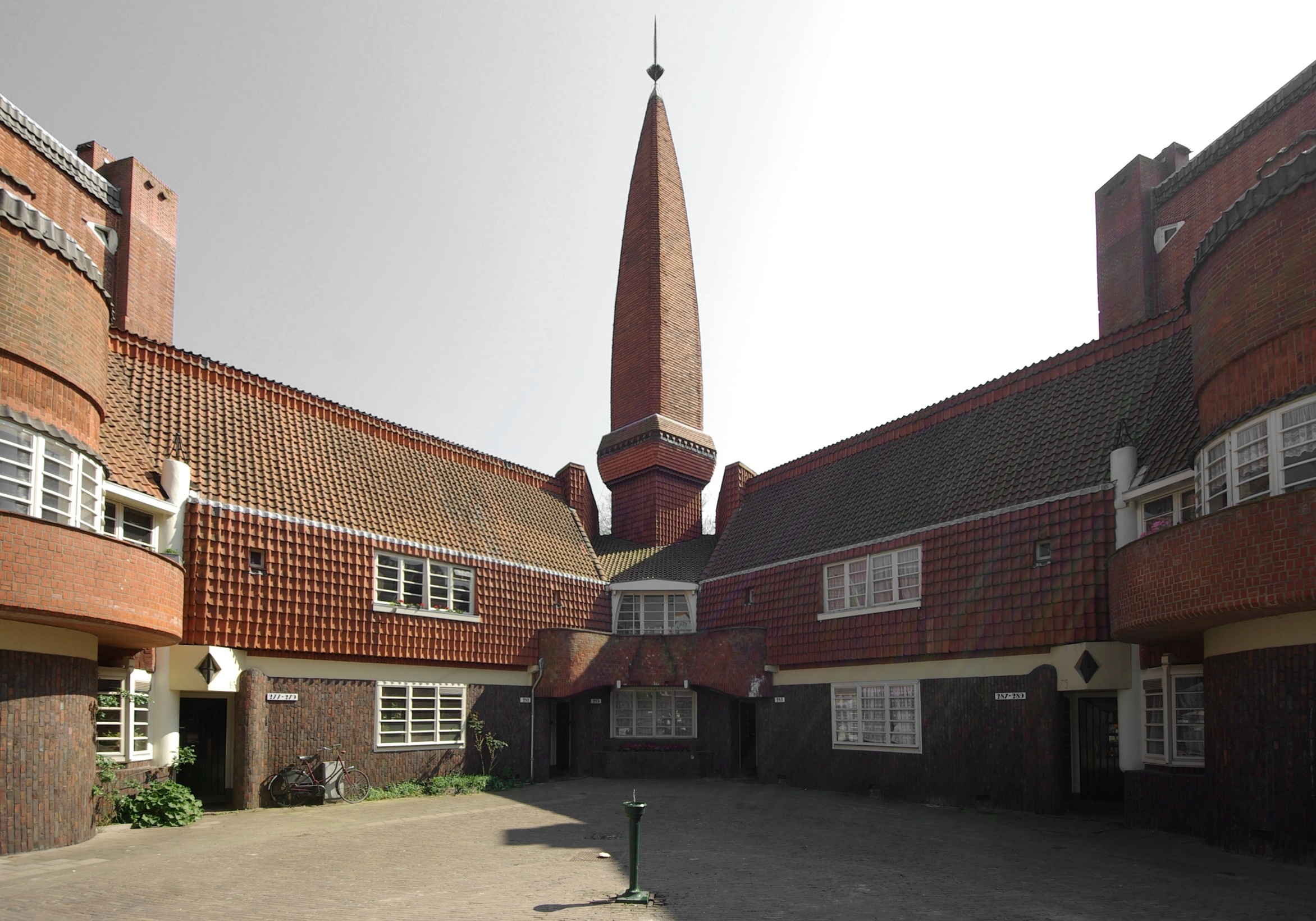Dutch museums celebrate European prizes as Museum Week kicks off

This week is National Museum Week and that means the Netherlands’ hundreds of collections focusing on art, natural history, social history, technology, crafts and even beachcombers’ finds are again in the spotlight.
So far 2016 is turning out to be a good year for Dutch museums. Charles de Mooij, director of the Noordbrabants Museum, must still be pinching himself as his blockbuster exhibition Hieronymus Bosch: Visions of Genius has sold out multiple times, leading to several extended opening hours including 39 hours non-stop on the last weekend (May 7-8).
Earlier this month, Micropia, the museum of microbes and molds attached to Amsterdam’s zoo, was named most innovative museum in Europe.
Not, perhaps, for those who would rather not know about the bugs in their eyebrows, the exhibits include a Kiss-O-Meter which measures how many microbes are shared between two people as they kiss. You can watch massive projections of microbes as they move around and be slightly horrified at the walls of agar dishes growing bacteria found on tooth brushes and between toes.
Cultural heritage
Micropia may be innovative, but three other Dutch cultural institutions have also just won European recognition in the Europa Nostra awards. Museum Oud Amelisweerd, Fort Kijkuit and the Naturalis Biodiversity Center in Leiden are among the 28 heritage sites recognised for their outstanding contribution to preserving Europe’s cultural heritage.

Museum Oud Amelisweerd in Bunnik (near Utrecht), situated in the beautiful Amelisweerd nature reserve, was given the prize for ‘outstanding achievements in the conservation, enhancement and adaptation to new uses of cultural heritage’, something that certainly didn’t apply to the government when it decided it would be a good idea to cut a swathe through the Amelisweerd to build the A27 motor way.
Protesters managed to limit the number of felled ancient trees to 465 in the end but for many after nearly 35 years the decision still rankles. Few places in the Netherlands are, inevitably perhaps, without the background hum of a motorway these days. However, the surroundings of the museum are still hugely enjoyable – a boat ride taking in the museum comes recommended – and the museum itself is exactly what you would buy if you won the lottery.
Privately-owned until 1989, the estate was taken over by a foundation which, with the financial help of Utrecht local council, set about restoring it to its 18th century splendour. That included much painstaking work on some spectacular original Chinese wallpaper made in Canton (now Guangzhou) brought over by the United East India Company. It is also home to a large number of works by Dutch writer and artist Armando.
Another great day out is Fort Kijkuit in Kortenhoef, also a recipient of the Europa Nostra award. The fort was built between 1844 and 1847 as part of the New Dutch Water Defence Line, a military barrier made up of forts, refuges and floodable polders. In 2013, natural heritage organisation Natuurmonumenten came to the rescue of the crumbling fort and turned it into the office complex, exhibition space and lookout spot that charmed the members of the jury. It is by no means the only fortress of the kind to be given a new lease of life. Many have been turned into museums, conference centres and cultural centres.
Architecture

It’s a good year for Museum Het Schip in Amsterdam as well – a prime example of the Amsterdamse School building style, which is celebrating its centenary. The Amsterdamse School, with its wonderfully detailed and playful brickwork and characteristic shapes, is the name given to a group of architects who thought beauty was a requirement of all architecture, whether it be social housing, street furniture or civic buildings.
The resulting buildings, from the relatively restrained housing block De Dageraad to the exuberant splendour of the Scheepvaarthuis, now the Amrath Hotel, can be visited on tours organised by Het Schip.
The museum has joined forces with big brother Stedelijk Museum in Amsterdam for the occasion. It is currently hosting the exhibition ‘Living in the Amsterdamse School’ (April 9 – August 28) which concentrates on the interiors of the buildings. Not content with designing beautiful façades, the Amsterdamse School architects wanted the inside to be on a par. The museum has managed to bring together a great collection of furniture, clocks, lamps, wallpaper, ceramics, textiles and all kinds of other artifacts, much of it found in the homes of private collectors.
And finally, 2016 is also the year that ex-Rijksmuseum director Wim Pijbes will be heading the Voorlinden Museum in the pleasant country surroundings of Wassenaar. Opening in September, it promises to be a spectacular temple of modern art, one that Pijbes is sure to turn into an international success.
For more on the special events in Museum Week, visit the website.
Thank you for donating to DutchNews.nl.
We could not provide the Dutch News service, and keep it free of charge, without the generous support of our readers. Your donations allow us to report on issues you tell us matter, and provide you with a summary of the most important Dutch news each day.
Make a donation